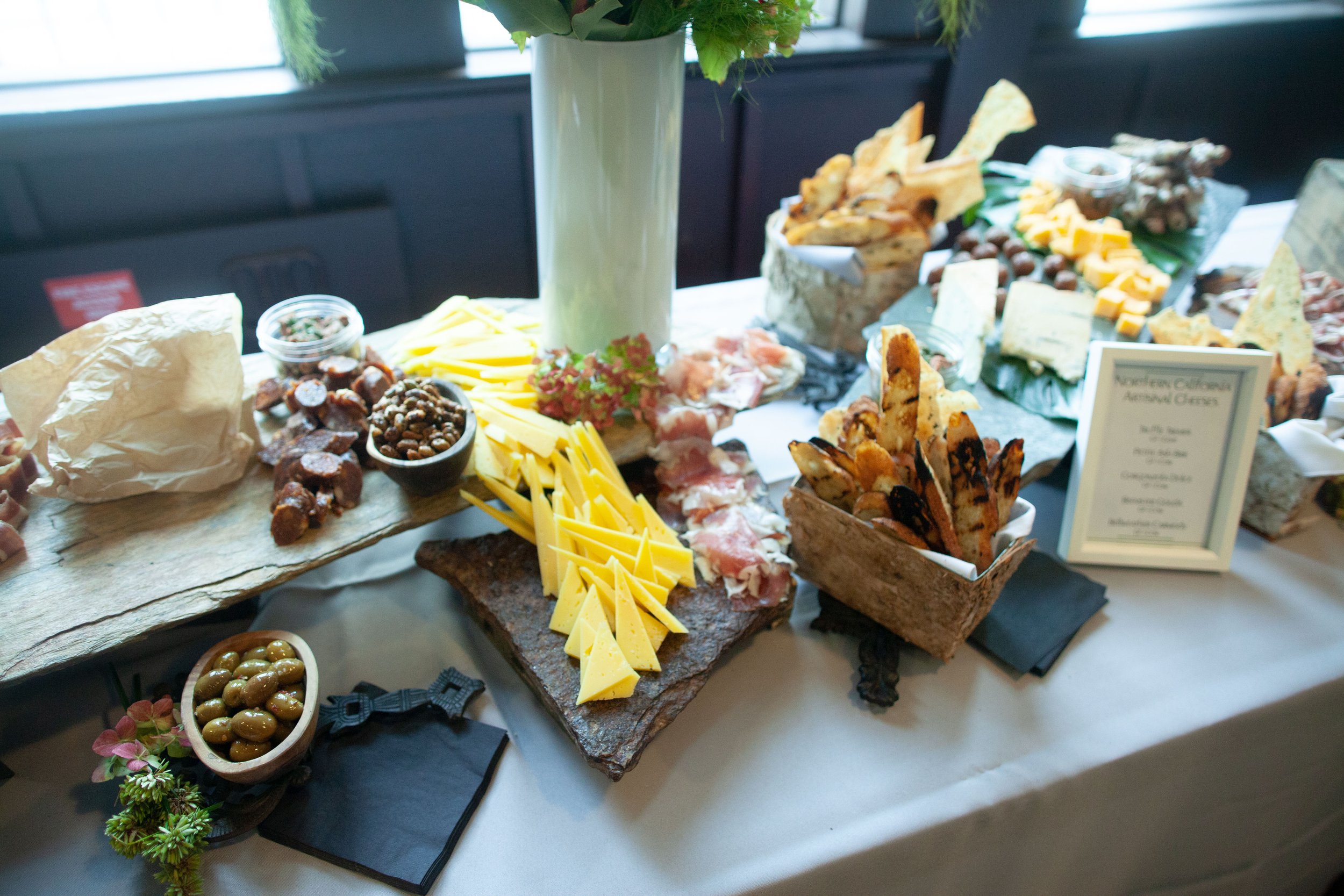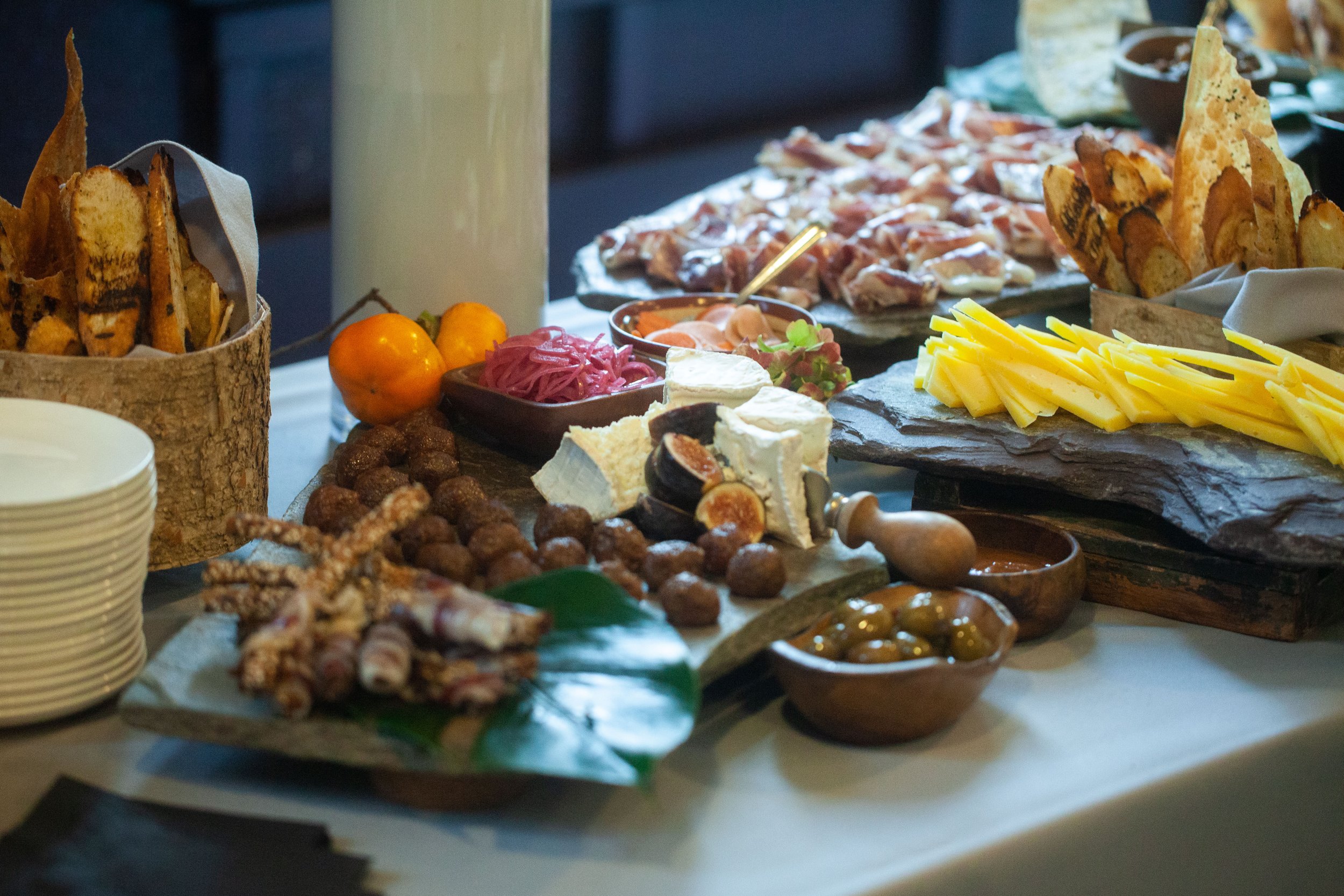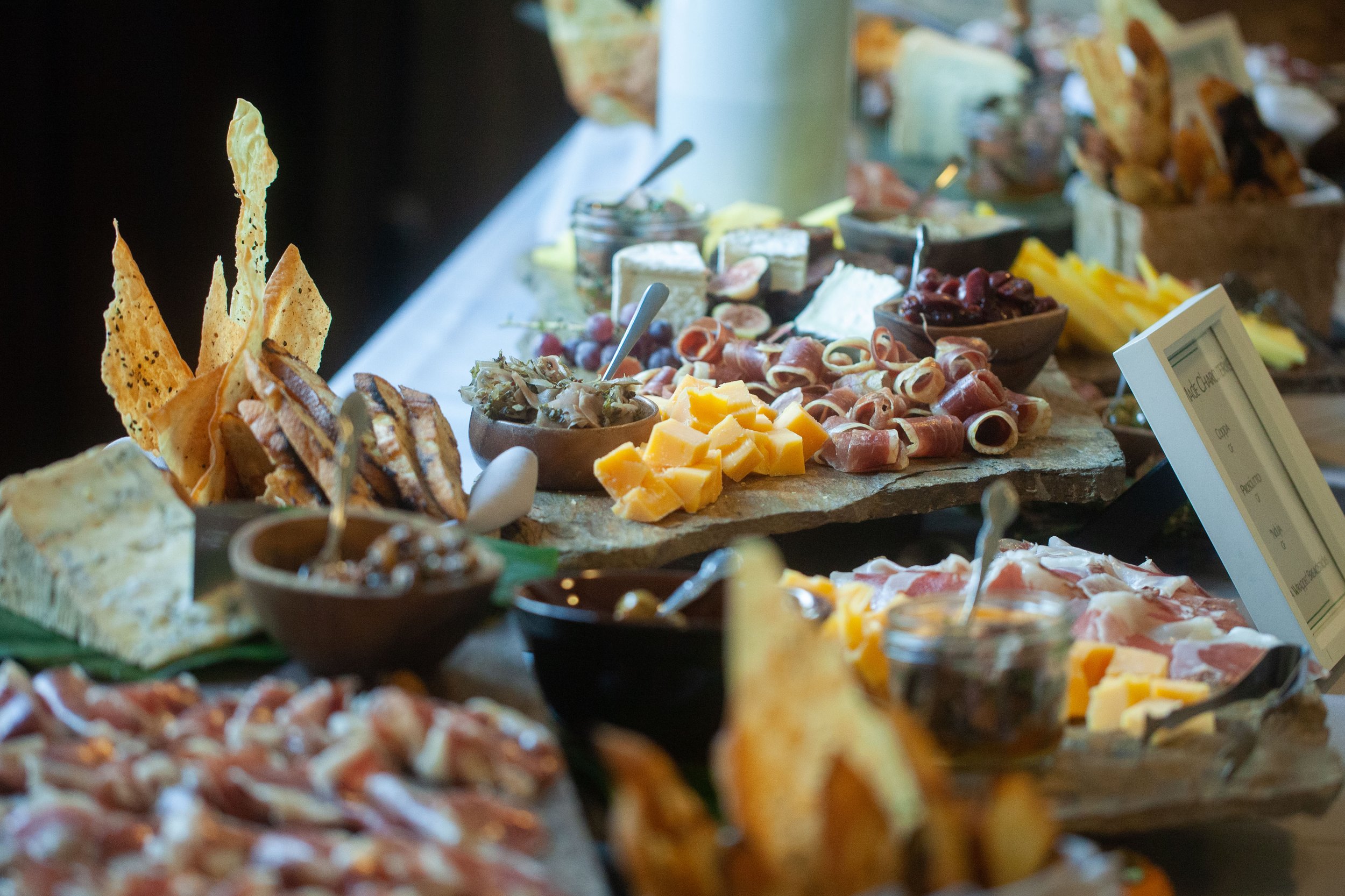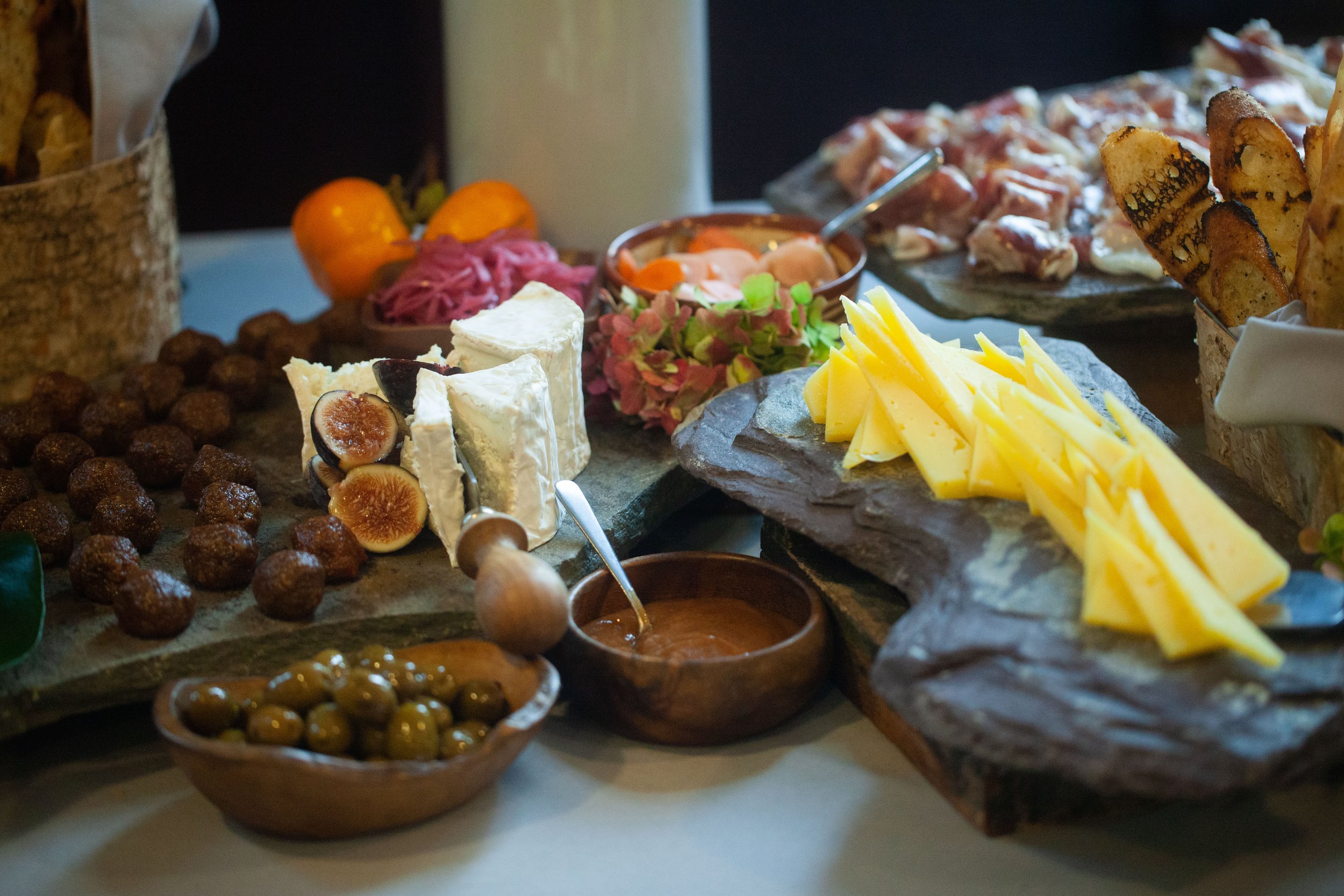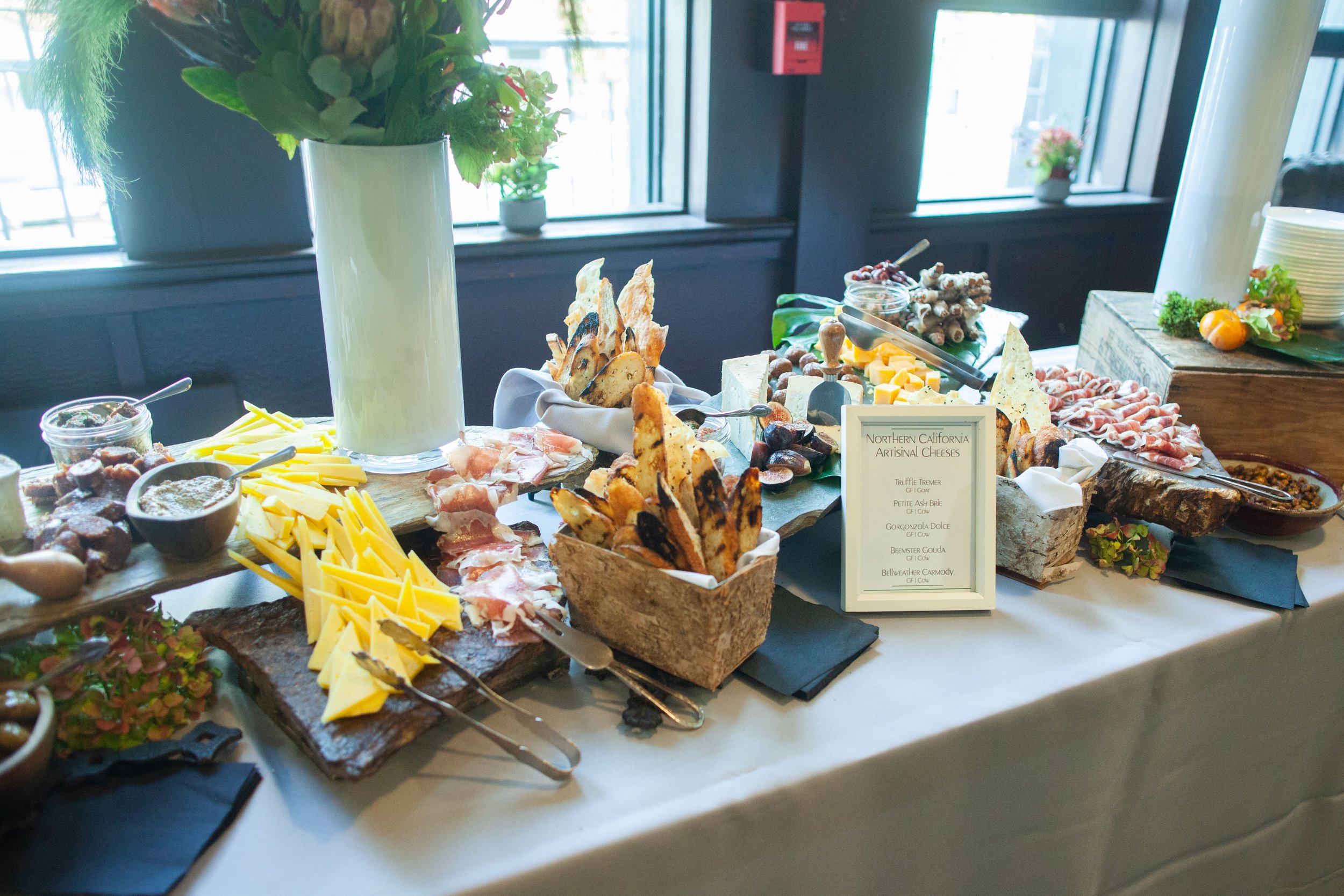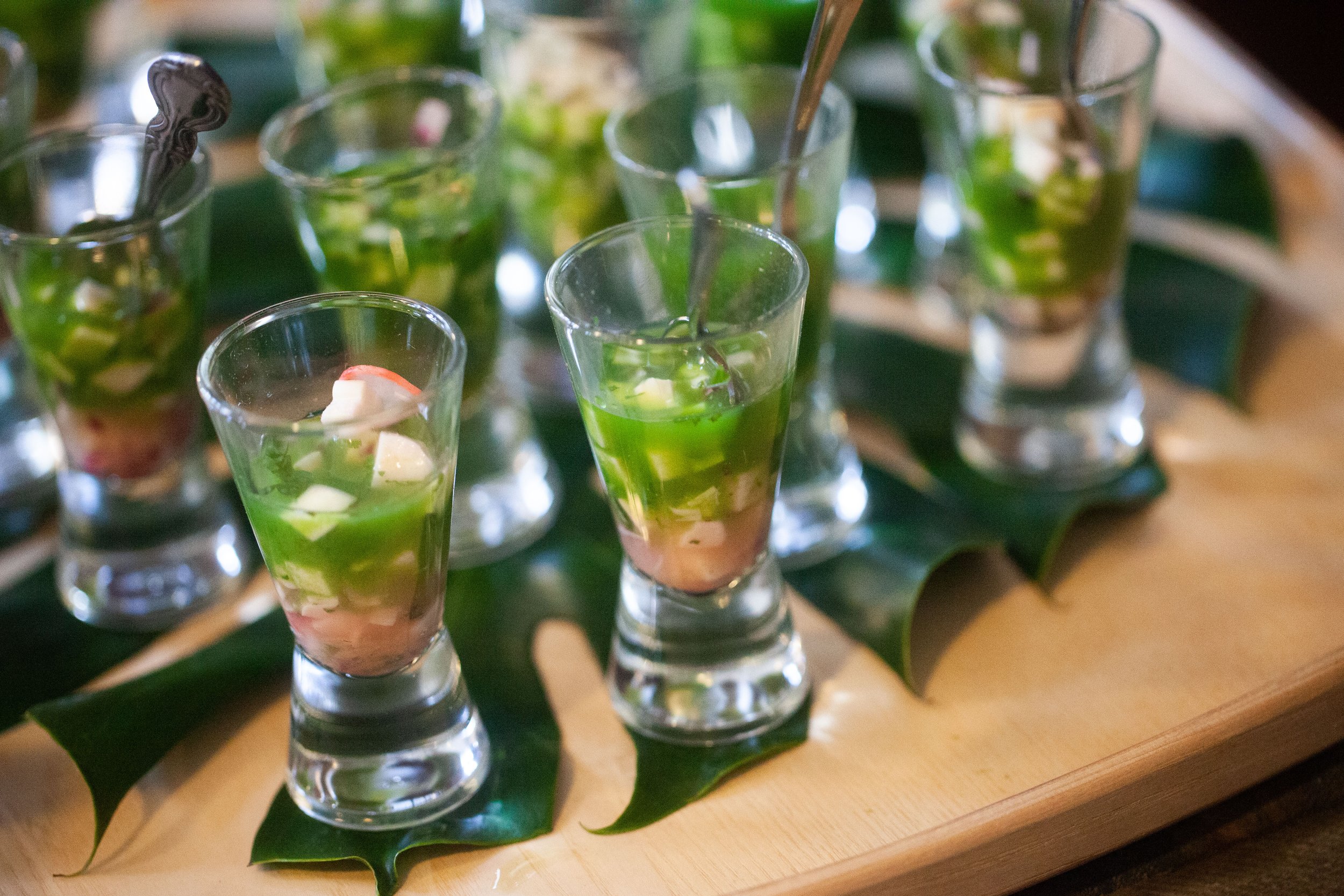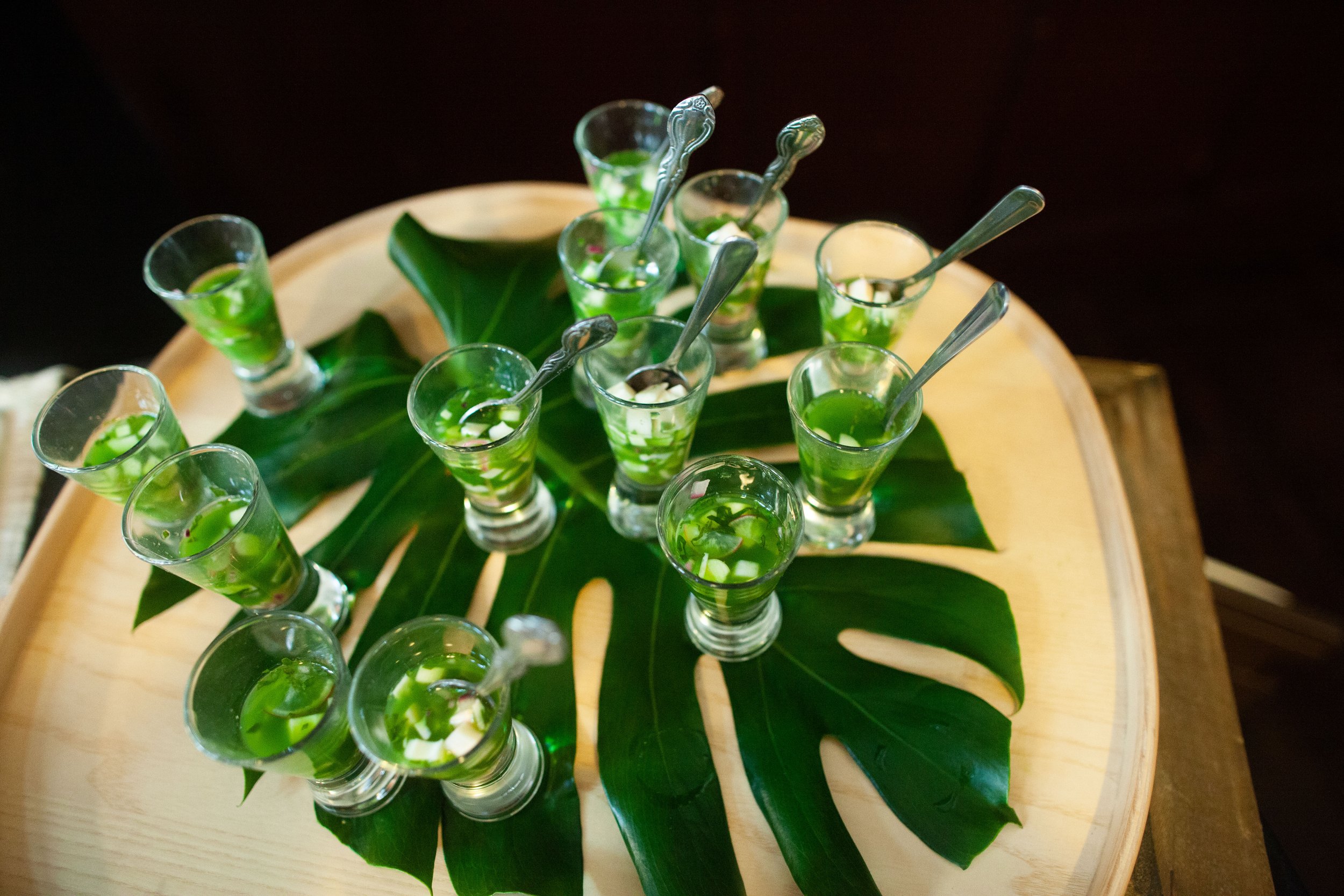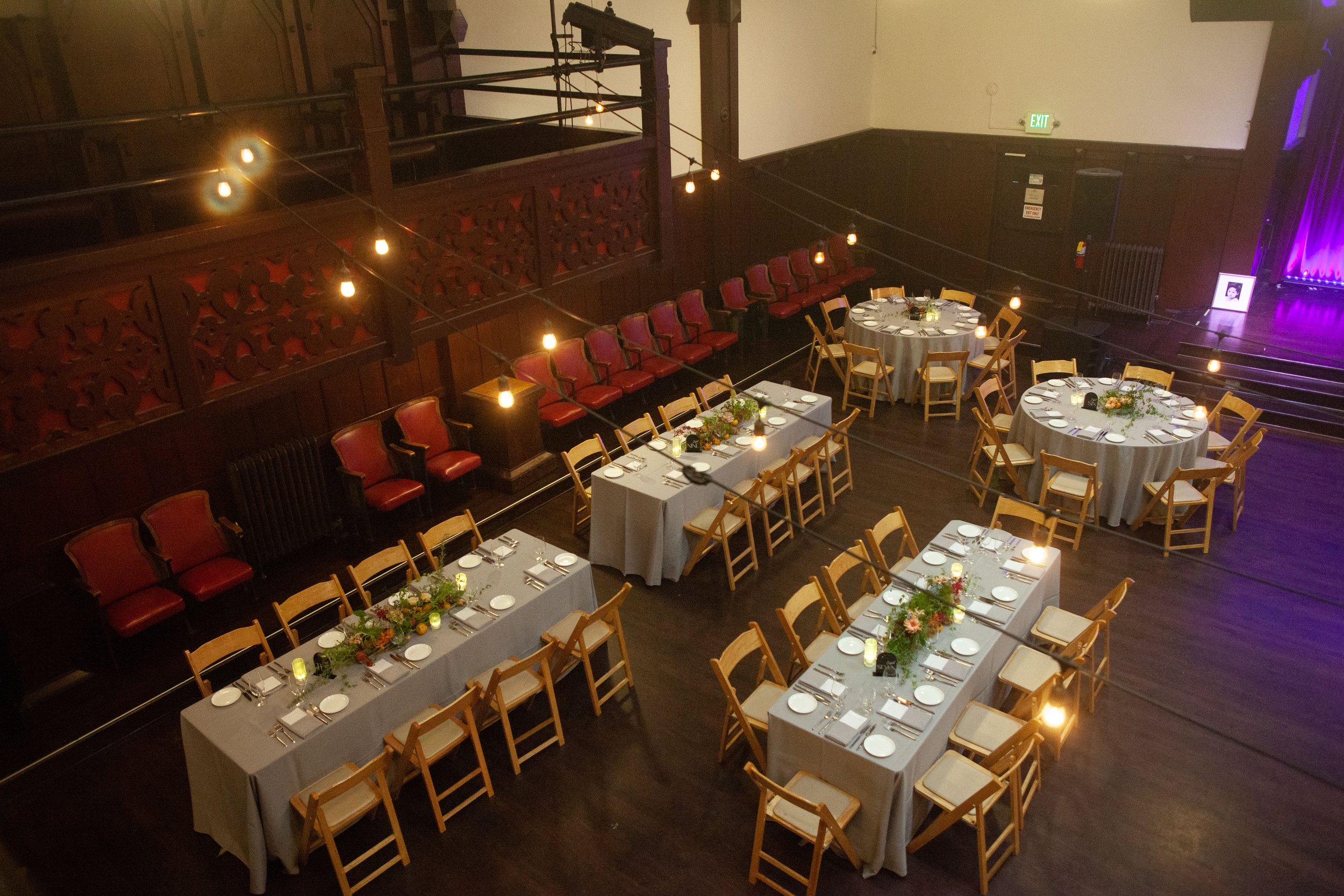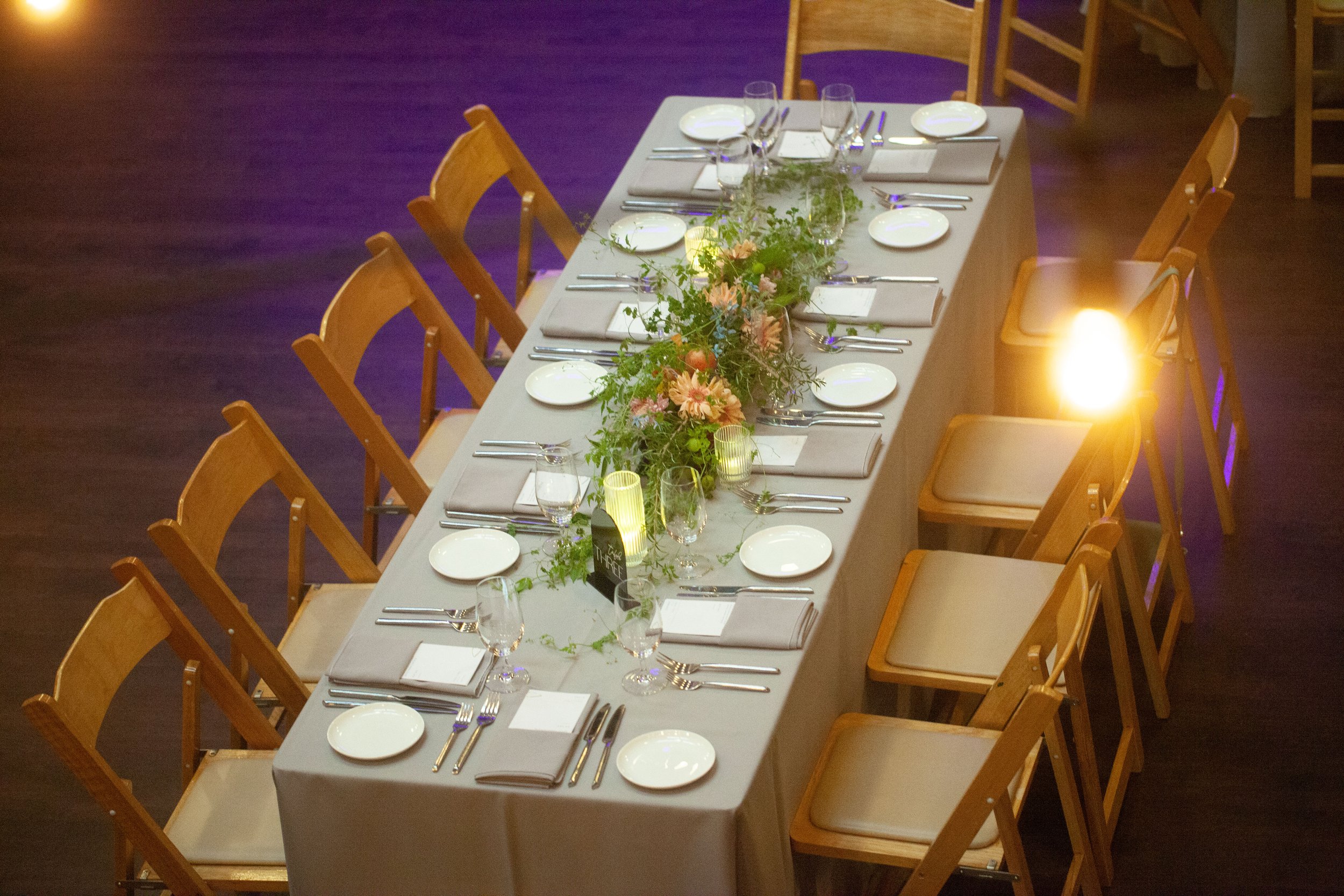This week we’re chatting with the mastermind behind some of San Francisco’s most creative and unique sound and lighting experiences: Mike Kuhlman, Director of Event Design at GotLight. The team at GotLight has been alongside Swedish American Hall supporting excellent audio-visual experiences for our clients since we re-launched our events program nearly 2 years ago. Since the start of the Covid-19 pandemic, they have found impressive ways to pivot their business model and begin offering live-streaming and virtual event support to their clients. We know that virtual events are the way of the future, at least for now, so who better to talk to than the people at the forefront of the movement?
We’ve decided to offer our interview with Mike in full below. Check out Mike’s take on the future of virtual reality in events, strategies for creating interactive options during virtual programming, why in-person gatherings will never totally die, and more.
ES: Do you see live streaming as the future of live events or live music? Why or why not?
MK: Yes and no. I think the last 7 months have revealed how much we crave human interaction. There is no virtual equivalent to spending time face to face both on a human level and a business level. I think that virtual options will become a tool for greater inclusion in events and it gives a different kind of access to musicians and other artists. But, for those who want in-person interaction, and have that ability, there is a strong and pent up desire to gather.
ES: How might the shift to virtual events impact your technicians? Is there a learning curve or new skills to master, or is it much of the same?
MK: It’s a lot of using the same tools in new ways along with learning new software and hardware. We went from a live events company to a television studio virtually overnight in March. There has been a rapid learning curve in networking, IT and streaming video software that we rarely dabbled in previously. We also have a greater need for technical directors now than we have in the past so yes, there is a lot of learning going on.
ES: How have you conceptualized unique virtual experiences for at home audiences? Any ideas on using venues to create a look/feel for a virtual event?
MK: We have a sound stage in our warehouse that we built a few months ago. One of the features is a green screen that enables us to manipulate the background for anyone in front of it (just like a weather person on TV) so that has helped up get creative and incorporate client themes into their virtual events. If we have an event that is calling attention to a building (these are primarily fundraisers for schools or organizations) we encourage shooting some portion of the program in that venue to remind guests what they miss about that physical space. We have also been encouraging clients to go to larger venues when they have lots of presenters. The larger venues just help everyone feel more comfortable with social distancing requirements.
ES: How have your clients reacted to the shift to virtual or hybrid events? What has worked, what hasn’t, and what have you learned?
MK: Oh yes. April and May were the denial months where people thought, this will all be over by the fall so we don’t need to consider virtual. June and July were the months of realizing this isn’t going away and clients wanting to just make virtual events happen. Now we are in the phase where everyone has seen several virtual events, they know what they like, don’t like and clients are looking for ways to stand out by doing something different.
It’s familiar because it’s what we dealt with on a regular basis in live events, but it’s also a new challenge because there are fewer tools available to us. There have been numerous platforms that have popped up recently and I think most are trying to figure this piece out. How do you make it feel like an in person event and get the engagement people want. There’s chat, emoji reactions, hash tagged posts on social media and breakouts as available tools. Breakouts are what most people want, to be able to create more intimate environments but the technology simply hasn’t caught up to match the experience of physically walking from room to room in a venue. I think smaller conversations are a great way to create a more personal experience, we’re just waiting for software engineers to figure it out :) In the meantime, people are consistently using the other tools that are available.
ES: Have you had any discussions about what hybridizing events looks like (ie: live-streaming a wedding or a holiday event while some guests are in the venue)? What challenges might you face as A/V production, or what considerations should clients have?
MK: Absolutely! We are working on a few weddings that have a very limited guest count and will be streaming out to those who cannot be there in person. I think it’s a great model and again, becomes way more inclusive for people who are unable to or don’t want to leave their home. I think the main complication is avoiding the feeling that those who are in the room are having a more VIP experience. For most events talking about this model, we’re talking about stationary cameras creating a situation where people onsite have the ability to move around the space in a way that people streaming do not. Also, think about a fundraiser with an auction. By no fault of their own, an auctioneer will likely be drawn more to a paddle raised at a table in front of them as opposed to someone doing so virtually so what if the person at home loses out on an item due to an internet connection.
On the other hand, we’re seeing record engagement in events. Organizations are not constrained by a physical space so they can get many more viewers that were historically possible. In short, it’s great as an inclusion tool and you just have to keep logistics in mind because the internet is supporting so much more of this industry than it has in the past.

































